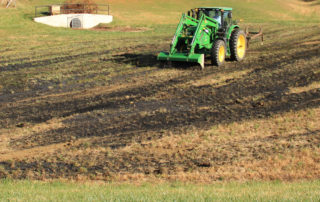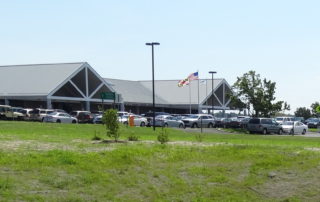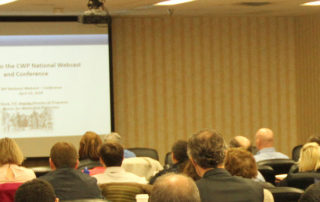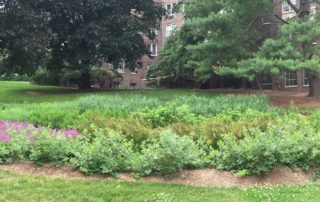Performance Enhancing Devices for Stormwater BMPs
With the 2025 deadline for reaching water quality goals in the Chesapeake Bay fast approaching, and the estimated price tag of $7.3 billion to meet these goals in Maryland alone, new, cost-effective strategies for reducing stormwater pollution are sorely needed. The Center for Watershed Protection led a three-year project to research the capability of “performance enhancing devices” or PEDs to boost the performance of standard stormwater best management practices (BMPs) for removal of specific pollutants. This work was funded through a grant from the National Fish and Wildlife Foundation and included the in-kind support of Carroll County, Maryland. This project [...]









